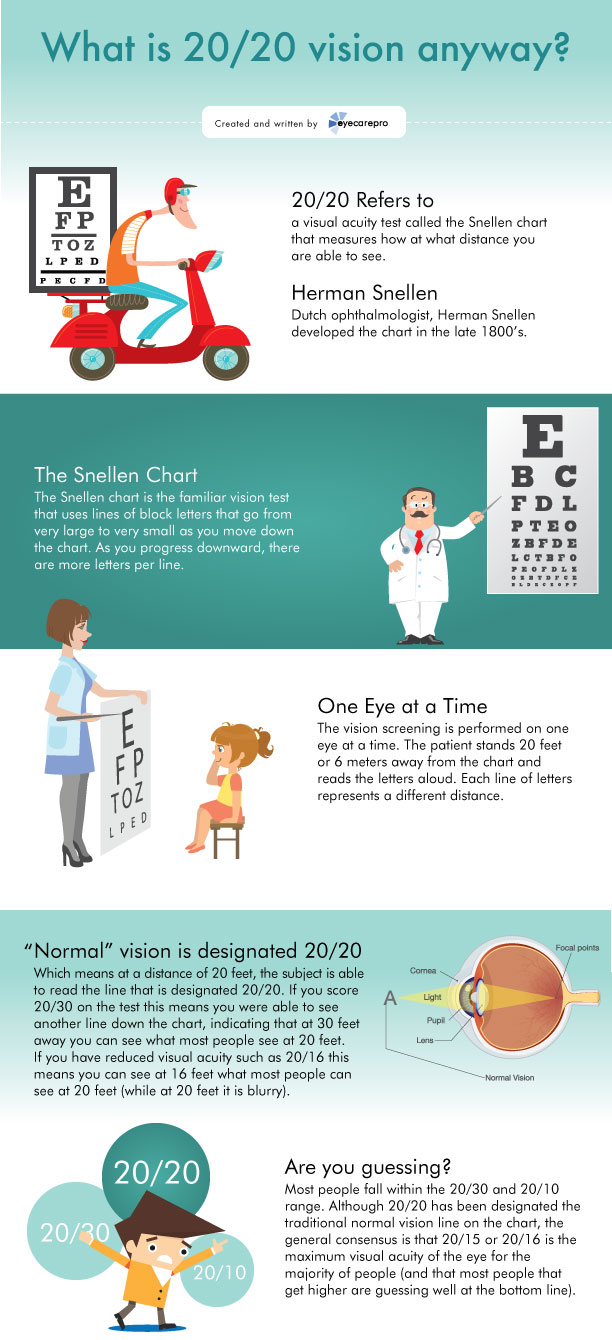The Future Of Correcting Vision: Refractive Lens Exchange

Post Writer-Barron McMahan
Envision a future where you no more have to rely upon glasses or get in touch with lenses to see plainly. Fun Things To Do In Washington DC where vision correction is as simple as a fast, pain-free treatment.
Well, that future is closer than you might think. Presenting refractive lens exchange, an advanced technique to correcting your vision that can change the way you see the world.
Yet exactly what is refractive lens exchange, and why is it thought about the future of vision improvement? In this conversation, we will certainly explore the benefits, the procedure, and the potential risks of refractive lens exchange, offering you a glance into what lies in advance for those looking for clearer vision.
The Benefits of Refractive Lens Exchange
Refractive Lens Exchange provides many benefits for individuals seeking vision modification. By replacing your natural lens with a fabricated intraocular lens, this treatment can correct a vast array of vision problems. One of the main benefits of refractive lens exchange is the renovation in visual acuity. Whether you're myopic, farsighted, or have astigmatism, this procedure can dramatically boost your capacity to see clearly without relying upon glasses or call lenses.
In addition, refractive lens exchange can likewise prevent the development of certain eye problems, such as cataracts. Washington DC Us indicates that not only will you achieve far better vision, however you'll also have actually a lowered threat of creating cataracts in the future.
With refractive lens exchange, you can appreciate improved vision and a higher quality of life.
The Procedure for Refractive Lens Exchange
When undergoing refractive lens exchange, the doctor will certainly begin by making a small cut in your cornea. This permits them to access the lens of your eye and remove it.
Right here are five important steps associated with the procedure:
- The doctor will very carefully separate the lens making use of ultrasound waves or lasers.
- After getting rid of the lens, they'll place a new fabricated lens, called an intraocular lens (IOL), right into your eye.
- The IOL is designed to remedy your details vision problems, such as nearsightedness, farsightedness, or astigmatism.
- Once the brand-new lens remains in area, the doctor will shut the incision with small stitches or self-sealing strategies.
- The entire procedure typically takes less than thirty minutes and is normally carried out on an outpatient basis.
Complying with these steps, refractive lens exchange can give you with boosted vision and decrease your dependancy on glasses or get in touch with lenses.
Prospective Threats of Refractive Lens Exchange
Before undergoing refractive lens exchange, it is necessary to comprehend the possible threats associated with the treatment. While refractive lens exchange is generally taken into consideration safe, like any kind of operation, there are dangers entailed.
One prospective threat is infection, which can occur if bacteria gets in the eye during or after the surgical treatment. Another risk is the development of enhanced intraocular pressure, which can cause glaucoma. In addition, there's a small chance of experiencing corneal edema, which is the swelling of the cornea.
Other possible dangers consist of retinal detachment, macular edema, and loss of vision. It's essential to go over these risks with your doctor and consider them against the possible advantages before making a decision.
Verdict
So there you have it, people! Refractive lens exchange is truly the future of vision adjustment. With its countless benefits and improvements in modern technology, this procedure supplies a life-changing remedy for those battling with their vision.
Yet remember, every climbed has its thorns. While refractive lens exchange may bring quality, it's important to be aware of the possible risks included. So, prior to taking the leap, consider the pros and cons, and talk to your ophthalmologist.
Nevertheless, better safe than sorry!

